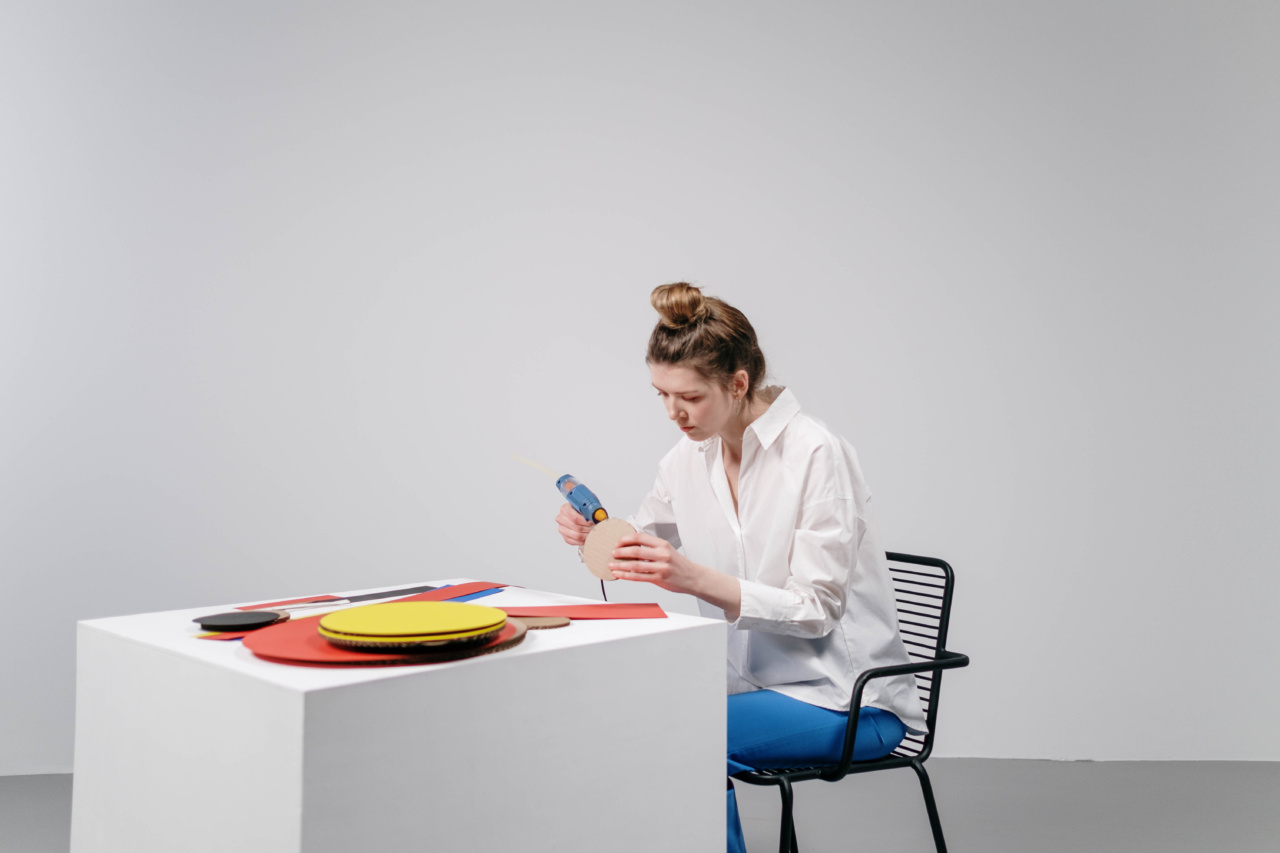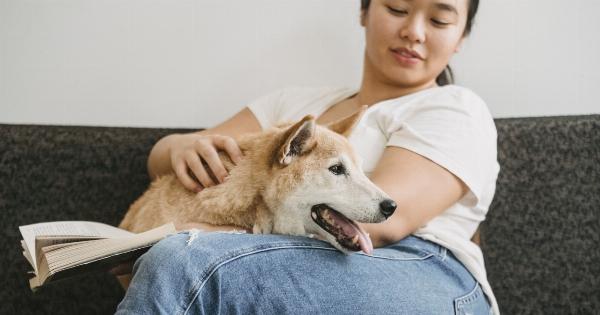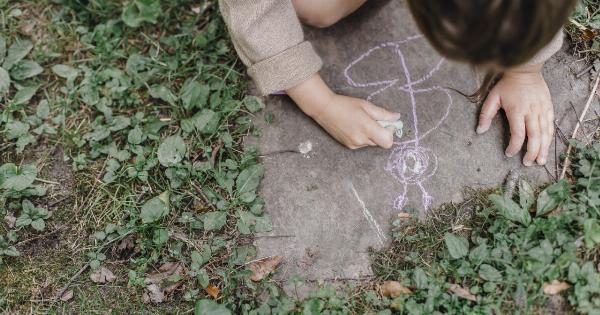As loving pet owners, it’s our responsibility to create a safe and secure environment for our furry friends.
Dogs, just like humans, experience stress, and it’s essential for their overall well-being that we provide them with a safe haven where they can relax and unwind. Whether your pup is recovering from a traumatic experience, dealing with separation anxiety, or simply feeling overwhelmed, here are some tips to create a safe haven for your stressed-out pup.
1. Designate a Quiet Place
Identify a specific area in your home where your dog can retreat to when they feel stressed. It could be a corner in the living room, a spare room, or even a cozy crate.
Make sure this designated space is quiet, away from high traffic areas, and has minimal distractions.
2. Provide Comfortable Bedding
Invest in a comfortable and cozy bed for your pup. A soft bed or blanket will not only provide physical comfort but also create a sense of security. Make sure the bedding is easily washable in case of any accidents or spills.
3. Use Calming Scents
Scents have the power to influence our mood, and the same goes for dogs. Consider using calming scents, such as lavender or chamomile, in the safe haven area.
You can use essential oil diffusers, scented sprays, or natural remedies to create a soothing olfactory environment.
4. Play Soothing Music
Just like humans, dogs can find comfort in soothing music. Research shows that certain types of music, like classical or reggae, can have a calming effect on dogs. Play some calming tunes in your pup’s safe haven to create a relaxing atmosphere.
5. Dim the Lights
Bright lights can be overwhelming for dogs, especially when they are already stressed. Consider using soft, ambient lighting or dimmers in your pup’s safe haven. This will create a calm and cozy atmosphere that promotes relaxation.
6. Create a Den-Like Space
Dogs have a natural instinct to seek out dens for safety and security. You can recreate this feeling by creating a den-like space in your pup’s safe haven.
Use a crate or a covered bed to provide a snug and enclosed area where they can retreat whenever they feel anxious.
7. Use Positive Reinforcement
Reward your dog whenever they seek out their safe haven or show signs of relaxation while in that space.
Positive reinforcement, such as treats or praise, will encourage them to associate the safe haven with a positive experience, further reinforcing its effectiveness in reducing stress.
8. Practice Calming Activities
Engage your dog in calming activities while they are in their safe haven. This could include gentle massages, interactive puzzle toys, or chew toys specifically designed to relieve anxiety.
By incorporating these activities, you can help redirect their focus from stressors and promote relaxation.
9. Maintain a Consistent Routine
Dogs thrive on routine and predictability. Establishing and maintaining a consistent daily routine can help alleviate stress in your pup.
Feed them at the same time each day, schedule regular exercise and playtime, and ensure they have regular visits to their safe haven for relaxation.
10. Consult a Professional
If your dog’s stress levels persist or worsen despite your best efforts, consider consulting a professional dog trainer or behaviorist.
They can provide specialized advice and guidance tailored to your dog’s specific needs, helping you create a safe haven that is truly effective in reducing their stress.
Conclusion
Creating a safe haven for your stressed-out pup is not only crucial for their emotional well-being but also for their overall health.
By following these tips, you can provide your furry friend with a calm and secure space where they can find solace during stressful times. Remember, every dog is unique, so it may take some trial and error to find what works best for your pup. With patience, love, and a safe haven, you can help your dog navigate and overcome stress, leading them to live a happier and healthier life.


























